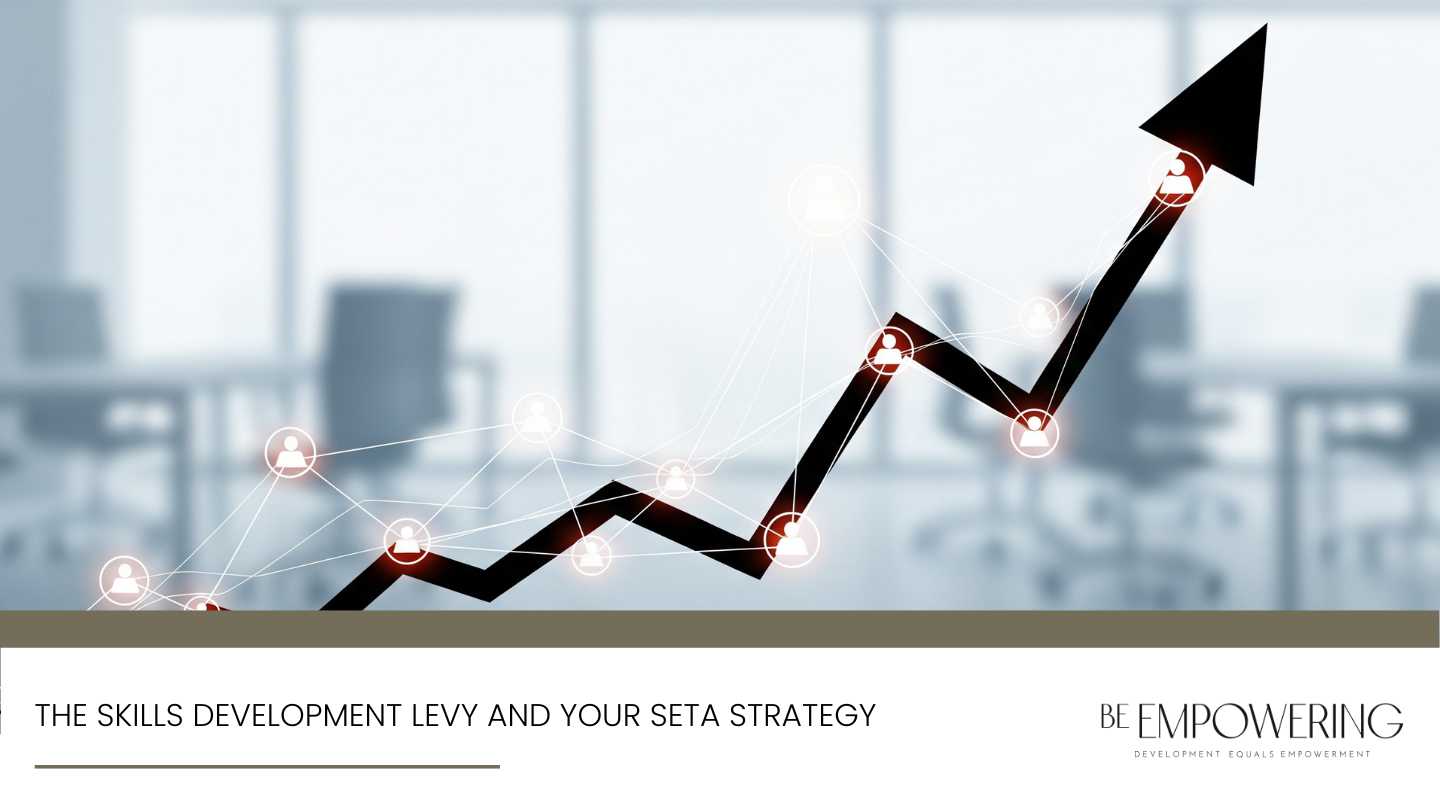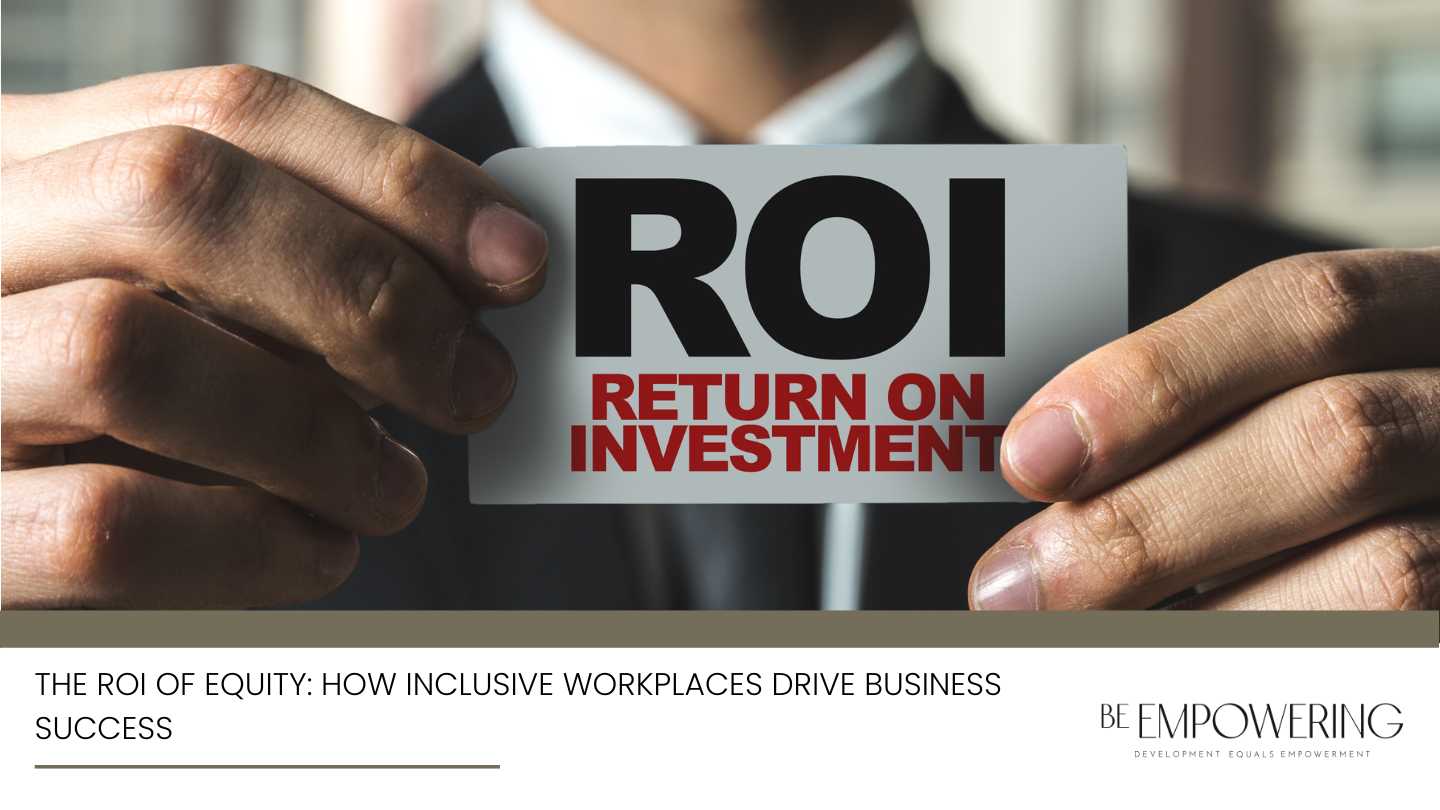If you’re a business owner in South Africa, you’re likely familiar with the B-BBEE scorecard. It’s a key part of operating here, and while it might seem like a complex set of regulations, it’s also a powerful tool for growth and positive impact. One of the most important elements of this is the Skills Development Levy and how it ties directly into your SETA strategy.
What is the Skills Development Levy?

At its core, the Skills Development Levy is a tax designed to fund training and development initiatives across the country. The Skills Development Levy Act of 1999 mandates that any business with an annual payroll exceeding R500,000 must contribute 1% of its total payroll towards this levy. The idea is simple: a portion of this money is paid to the South African Revenue Service (SARS), and a portion is directed to the Sector Education and Training Authorities (SETAs).
This isn’t just another tax. It’s a strategic investment in the future of your workforce and the country’s economy. The money you contribute is meant to be used for upskilling and training, which in turn helps your business become more competitive and productive. So, instead of seeing it as a cost, think of it as a fund you’re building to train your employees and improve your business.
Understanding Your SETA Strategy

The real value of the levy comes from your ability to claim back a portion of your contributions. This is where your SETA strategy becomes crucial. A SETA is an organisation created to oversee skills development in a specific economic sector, like banking, agriculture, or manufacturing. South Africa has over 20 different SETAs, each with its own particular focus.
To get your money back and, more importantly, to earn points on your B-BBEE scorecard, you need to engage with the relevant SETA for your industry. This involves submitting a Workplace Skills Plan (WSP) and an Annual Training Report (ATR).
The WSP is your company’s plan for skills development for the coming year. It outlines the training your employees need and how you intend to provide it. The ATR is a report on the training you’ve implemented. By submitting these documents correctly and on time, you can claim back up to 20% of the levy you paid.
Key Stakeholders in the Skills Development Ecosystem
SARS | Collects the Skills Development Levy. |
Department of Higher Education and Training | Oversees the national skills development strategy. |
SETA (Sector Education and Training Authority) | Manages training funds for a specific industry sector. |
Skills Development Facilitator (SDF) | The person responsible for preparing and submitting the WSP and ATR. |
Your Business | Pays the levy and benefits from training and B-BBEE points. |
Maximising Your B-BBEE Scorecard with Skills Development

The Skills Development pillar on the B-BBEE scorecard is worth a significant number of points, making it a critical area to get right. By effectively utilising your levy contributions, you can not only get your money back but also earn points for various training initiatives.
To earn points, your training initiatives must be properly planned, implemented, and reported. This is where many businesses trip up. They might be spending money on training, but if it’s not aligned with their WSP or properly reported to the SETA, they won’t get the B-BBEE recognition they deserve.
This is where a strategic approach is essential. Instead of seeing training as a box to tick, you should link it directly to your business goals. For example, if you want to improve sales, you can plan and implement a sales training program. This not only earns you points but also has a direct and positive impact on your bottom line.
A well-executed skills development strategy, driven by a deep understanding of the levy and SETA requirements, can transform your business. It allows you to invest in your people, improve performance, and achieve a higher B-BBEE score, which in turn unlocks new business opportunities. For a deeper dive into how this all works, check out our guide to B-BBEE scorecard success.
Ultimately, navigating the complexities of the Skills Development Levy and your SETA strategy can be a challenge. It’s not just about filling out forms; it’s about creating a plan that makes sense for your business. The goal is to turn a regulatory requirement into a competitive advantage.
Take Control of Your B-BBEE Strategy
Understanding the Skills Development Levy and its connection to your SETA strategy is the first step toward achieving B-BBEE excellence. But translating that understanding into a successful, points-earning reality can be tough.
At BE Empowering, we specialise in crafting customised B-BBEE solutions that go beyond mere compliance. We help you develop a robust skills development strategy that not only maximises your scorecard points but also genuinely empowers your workforce and boosts your business performance.
Don’t let your levy contributions go to waste. Let us help you turn your skills development investment into a strategic asset.
Ready to get started? Contact us today to learn how our expert guidance can help you optimise your B-BBEE scorecard and unlock your business’s full potential.




